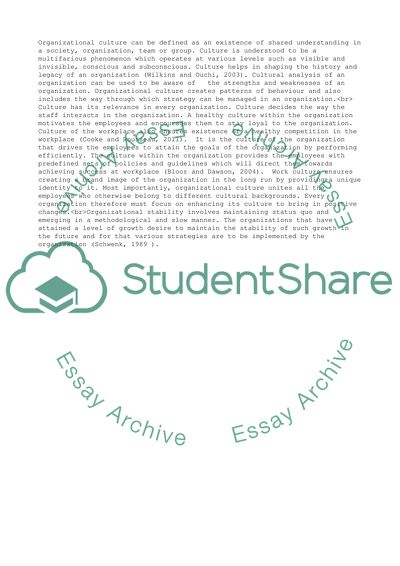Cite this document
(“Strategic management Essay Example | Topics and Well Written Essays - 4250 words”, n.d.)
Strategic management Essay Example | Topics and Well Written Essays - 4250 words. Retrieved from https://studentshare.org/management/1692111-strategic-management
Strategic management Essay Example | Topics and Well Written Essays - 4250 words. Retrieved from https://studentshare.org/management/1692111-strategic-management
(Strategic Management Essay Example | Topics and Well Written Essays - 4250 Words)
Strategic Management Essay Example | Topics and Well Written Essays - 4250 Words. https://studentshare.org/management/1692111-strategic-management.
Strategic Management Essay Example | Topics and Well Written Essays - 4250 Words. https://studentshare.org/management/1692111-strategic-management.
“Strategic Management Essay Example | Topics and Well Written Essays - 4250 Words”, n.d. https://studentshare.org/management/1692111-strategic-management.


